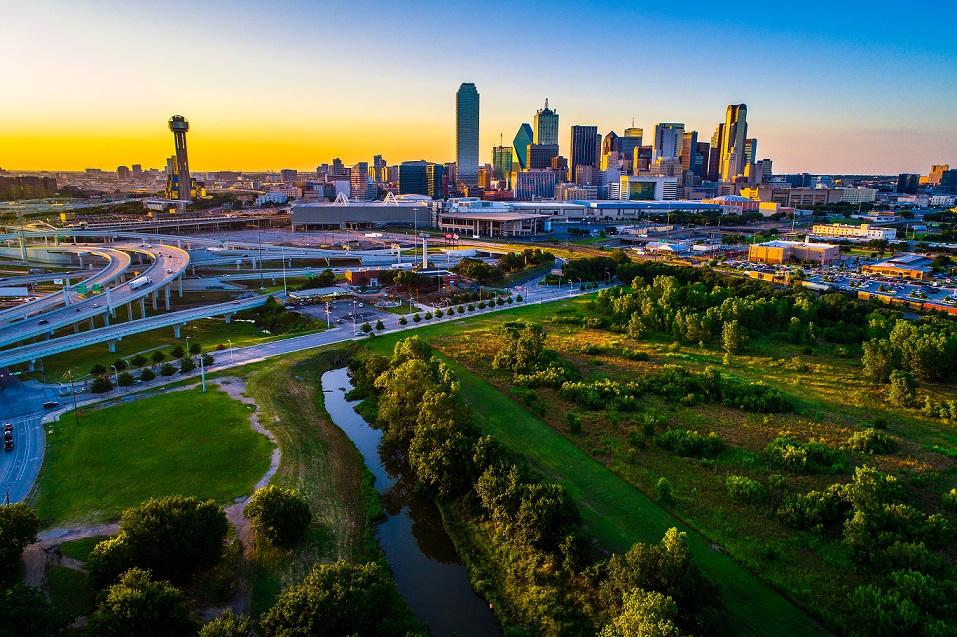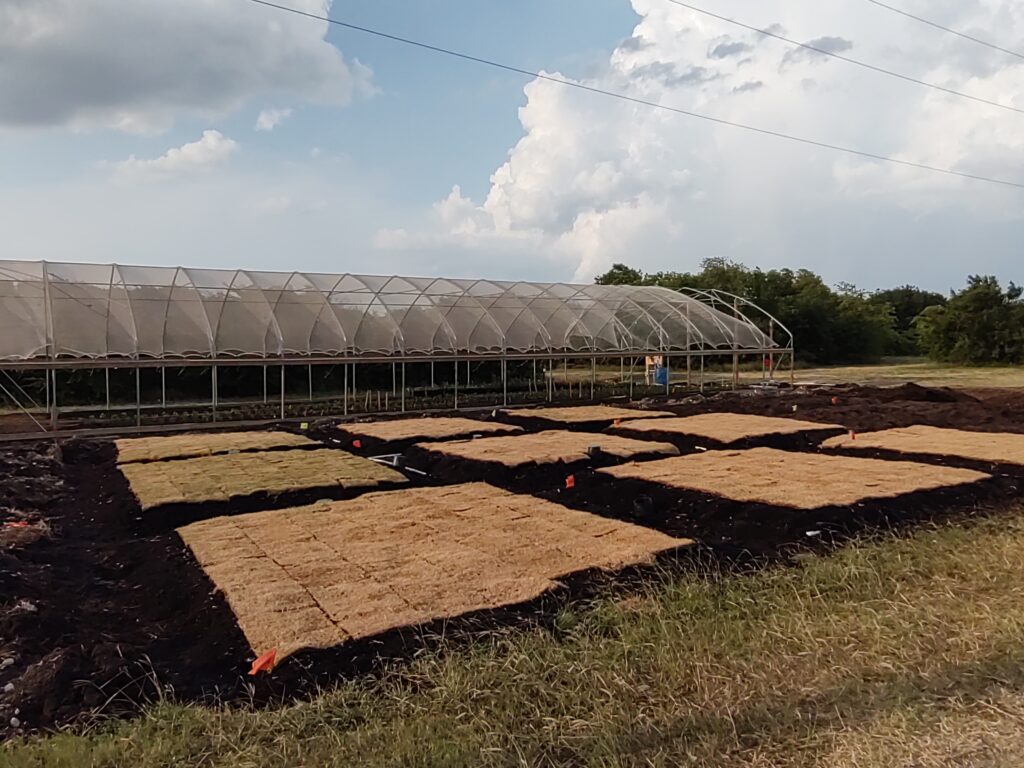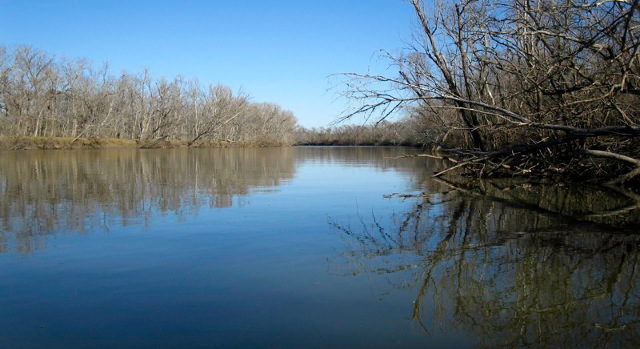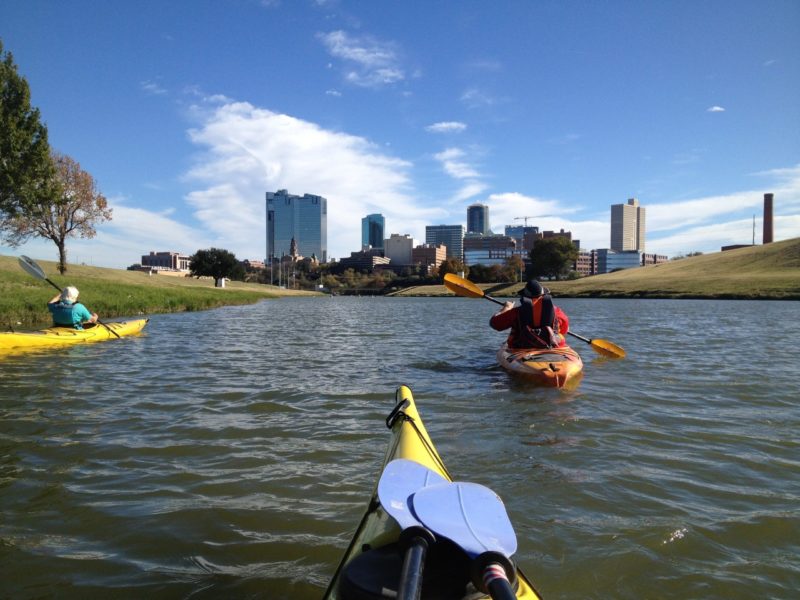
The Trinity River Bioremediation Demonstration Project
Objective: To clean contaminants in river water with food grade microorganisms growing on agricultural by-products.
This project will benefit people and animals living in the Trinity River watershed. Bioremediation will improve water quality and help rebuild natural filtration systems.
The Trinity River Bioremediation Project utilizes food-grade microorganisms growing on agricultural by-products to stimulate the naturally occurring microorganisms in the soil and sediment of the Trinity River in order to more effectively break down nutrients and contaminants.
Originally designed for small streams affected by high levels of E.coli and powered by student made bio-filters, the Trinity River Bioremediation Demonstration that took place between June 15 and July 27 added 22,200 gallons of fermented onion juice to one of the country’s largest constructed wetlands*. The fermented onion juice can help break down phosphates and other nutrients and bacteria.
In mid-2023, we will present the data collected during and after the demonstration and discuss the variables of working in a constructed wetland versus a small stream or wastewater treatment plant.
*This area of wetlands is one of the largest constructed wetlands in the world, filtering up to 92 million gallons of river water every day for the Upper Trinity River Watershed customers. The Trinity River provides drinking water for half of all Texans.

Joe's Creek Bioremediation (Dallas, TX)
The intention of Water Is Alive and our partner Groundwork Dallas is to clean Joe’s Creek, a tributary of the Trinity River. Whereas Groundwork Dallas’ focus is on cleaning litter out of the Joe’s Creek, Water Is Alive has been invited to focus on reducing bacterial contamination in the creek. To accomplish this, we are going to place two different kinds of ‘bio-filters’ in the water. One is a food-grade inoculated substrate that will rest on the sediment, the other is a mycelium inoculated substrate that will float on the surface.
See our latest VIDEO about Joe’s Creek HERE (update as of May 2023)
The initial tests will experiment with different substrates and demonstrate their abilities to reduce Escherichia coli bacteria as well as examining the ‘bio-filters’ resilience in streaming water and their biodegradable qualities during storms.
Our goals are to demonstrate the flexible applications food-grade microorganisms as to reduce contamination before it enters the Trinity River in the form of small biodegradable ‘bio-filters’. Future applications of this demonstration project will be to accomplish a reduction in environmental contamination by using these same techniques to build household bio-filters, enhanced filter strips, constructed wetlands, and bio-filter buffer zones around waste processing plants, water treatment plants, municipal landfills, Superfund sites, auto salvage operations and Brownfields.
Funding and In-Kind Donations | Community Building while Cleaning the Environment
Water Is Alive is seeking to apply to local foundations for grants, to engage in crowdfunding and we are seeking corporate and private donations to support the Trinity River Bioremediation Demonstration Project. We require materials to build bio-filters, grow-rooms in the form of climate-controlled trailers or containers, a truck to transport materials and educational tools such as a microscope and basic environmental monitoring kits to monitor for E.coli.
You can help by sponsoring filters and/or volunteering to place them in the river. Together, we can make a difference!
An EPA Gulf of Mexico Program Reduction and Prevention of Trash in the Five Coastal States of the Gulf of Mexico Watershed reimbursement grant of $10,000 has been awarded towards this project.
We hope to work with area foundations in applying for federal, state and private funding to demonstrate and teach bioremediation as an educational tool and Best Management Practice in other contaminated streams and lakes as well as contaminated soils in Dallas.
The Water Is Alive biofilter concept and design are intellectual property belonging to Water Is Alive. We hope upon the successful demonstration of our methods, stakeholders in the Total Maximum Daily Limit (e coli) Implementation Zone in the Trinity River Basin will engage Water Is Alive contractually for educational and environmental projects. Water Is Alive highly recommends our filters and curriculum for other impaired water projects in Dallas, as well as other bioremediation techniques.
More about Bioremediation HERE.

Texas A&M AgriLife Biostimulant Study
We’re working on the ground (literally) with some of the amazing, renown scientific minds at Texas A&M AgriLife to test the effectiveness of our ‘live’ microorganism ‘juice’ on controlled plots of ground covering (i.e. turf grasses). To date, the results have been very positive that we are stimulating growth and the health of the grass.

Texas Water Action Collaborative | Formed 2021
DALLAS, Texas — In celebration of World Water Day, a coalition of industry, nonprofit, and governmental organizations recently announced the launch of the Texas Water Action Collaborative (TxWAC). The group will work to invest in efforts along the Upper Trinity River that yield positive return for water quality and quantity. //
Read about more it HERE.

Trinity River Trail is now an NPS National Recreation Trail (National Park Service)
Secretary of the Interior David L. Bernhardt announced on Friday, October 22, 2020, the inclusion of the Trinity River Paddling Trail in the National Parks Service (NPS) by naming it a National Recreation Trail.
The Trinity River Paddling Trail is 130-miles long and currently contains 21 official canoe launches. These provide city-maintained parking and a means of launching a canoe, kayak, or raft into the river. A map of the paddling trail can be found HERE. //
Read the full article HERE.


